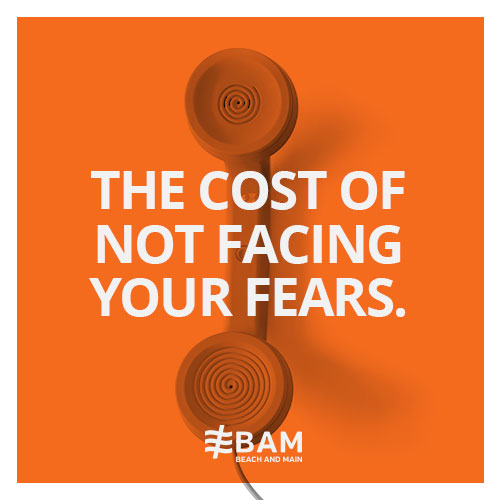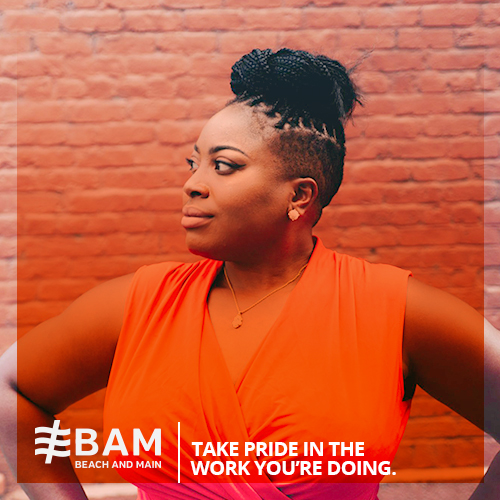
I’ve just hit send on an invoice to my client. A few days later, I get a text that went something like this.
Client:
Hey Bryan, when can we talk? Got your bill and happy to pay but some things are still not complete. Like collateral items, want to wrap those up, thx. Lmk!
Me:
Hey (insert clients name here). We do have some incomplete pieces I owe you. As far as collateral goes, I think you have a specific list of things you need? Some things were put on hold as you did not need them at the time. Won’t leave you hanging without those. What’s a good time for us to talk?
No answer.
A day or so goes by before I follow up with an email that explains the work that was already completed and attached are a few other collateral pieces I thought he needed in the meantime.
Still, no answer.
After two weeks of no communication with my client, I let the thoughts in. You know the ones, the thoughts that tell you that you got this one wrong. The thoughts that make you second guess things. They harass you with overthinking what you might have done to make the client bug out and cut communication altogether?
What did you do?! I asked myself. You started this project brilliantly, held things together through the middle part of the process, then we get to the end and drop the ball? You never drop the ball BVO. What the hell did you do?
After going round and round about where things went wrong. I set out to find the place things fell apart. I made lists of things we had accomplished together. I listed the areas I know I had excelled in and then listed the areas I knew could use some fixing if I had to do it all over to do again. Shamefully I reached out to the mutual friend of my clients to see if he had heard anything because I knew there must be something.
After the better part of a week, I came up with nothing. There was no reason I could construct that could explain why I was getting the cold shoulder from my client. And that it was simply not my fault and clients are all crazy and that’s just how it is. So, I’m good. It’s not me, it’s them. I can rest now.
Then it hit me! There was one thing I failed to do. The one thing I promise to all of my clients at the start of our time working together. I always promise that I’ll always pick up the phone when they call with questions. And because I had already let the disruptive thoughts in, that was the one thing I neglected to do, get on the line and give them a call. In the whole two week time, I did not give them a chance to tell their side of the story and answer questions I had for them.
The phone rang twice before I secretly wished it will go to voicemail and I could leave a message. They picked up on the third ring. BRYAN! In that moment the stress melted off and fear faded. The voice on the other end of the phone was not a voice of someone who was pissed and avoiding talking to you or paying your invoice, or any other stupid thing I may have told myself. Instead, it was a voice of a person who had been through a lot in those couple of weeks and needed to shift their attention to other parts of their life.
In that two minute call, I learned that on top of the things you need to finish together he’d been thinking of how we can move forward working together. Needless to say, that was more than I thought was going to happen.
So the lesson I learned from this was simple. Doubt is inevitable and the quickest way to get past that fear of the unknown is to confront the problem and squash any self judgment before it happens. If the problem you have is a person, pick up the phone or meet up with them and get things out in the open today.








Recent Comments